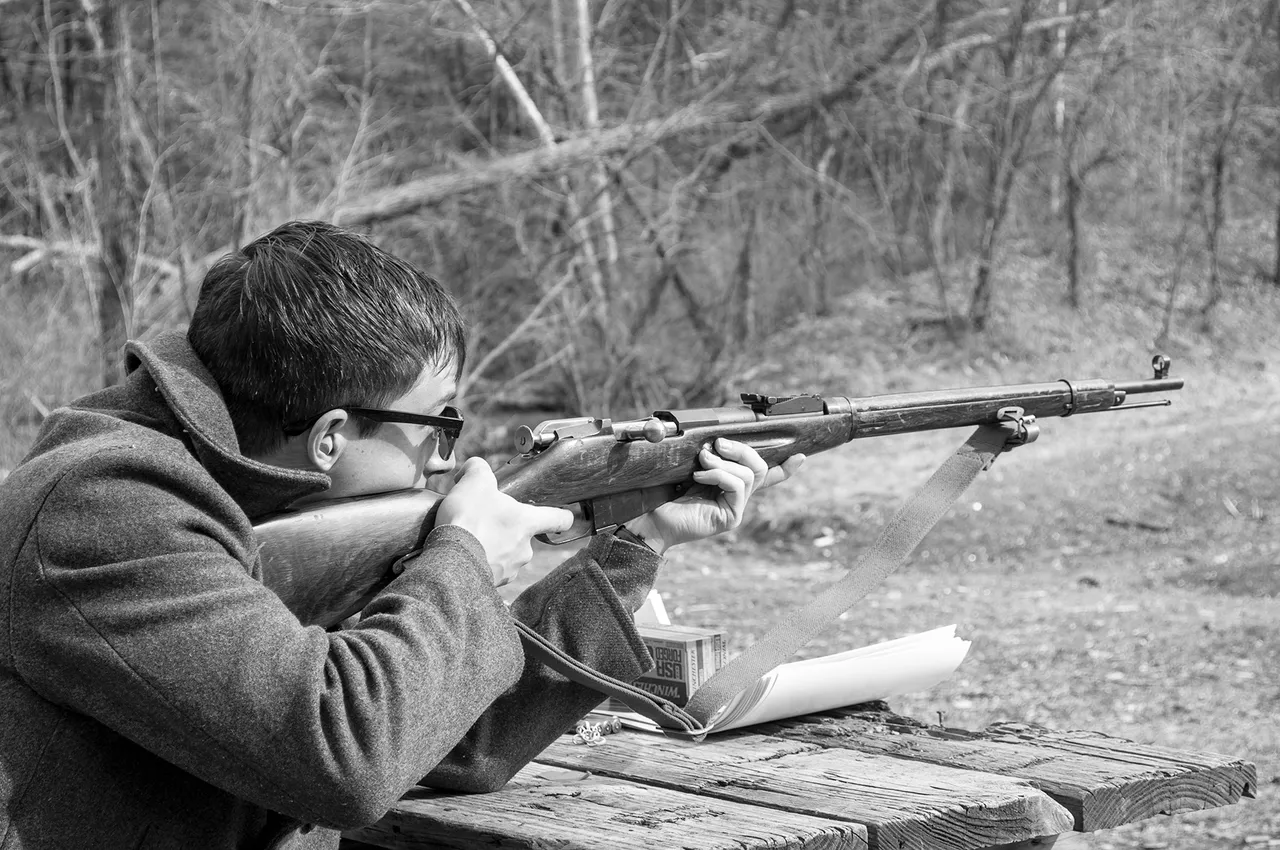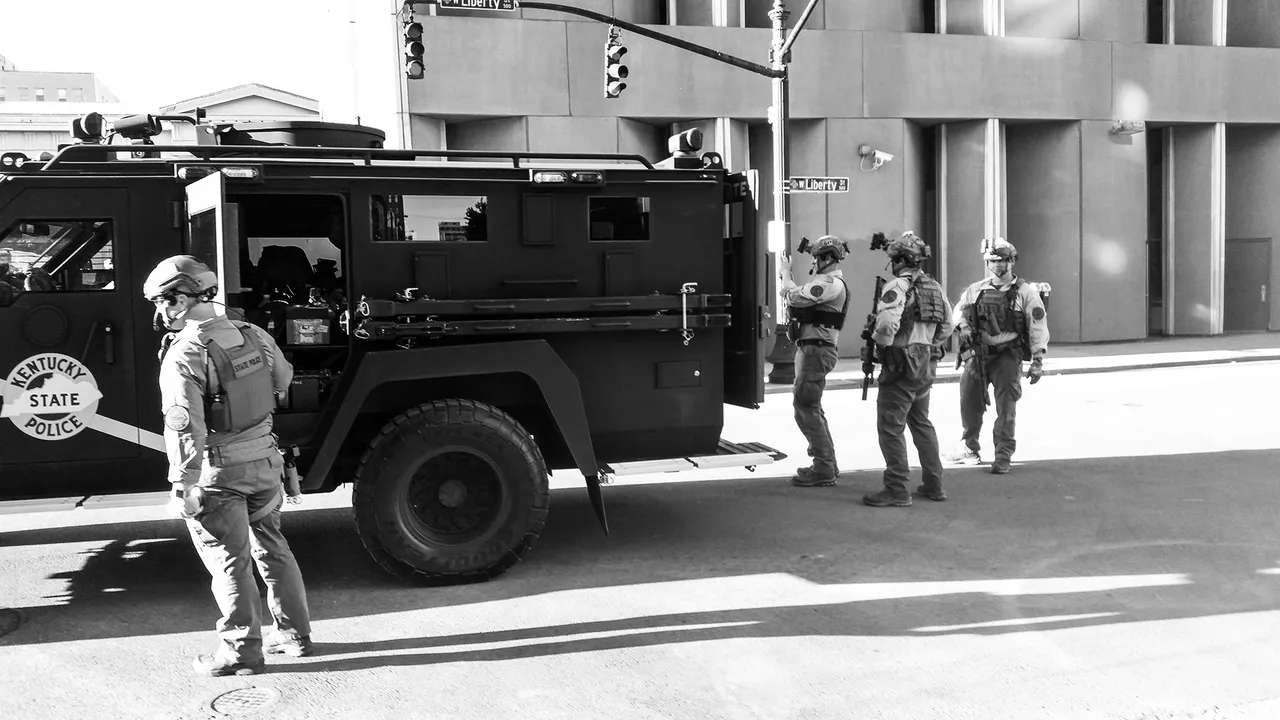
On this day 99 years ago some fellow hillbillies (and most likely distant and not too distant kin) were fighting in the largest armed uprising since the Civil War. From August 25 to September 2nd, 1921 over 10,000 miners fought the National Guard, West Virginia State Police, and the hired guns of the coal operators at the Battle of Blair Mountain in Logan County, West Virginia. The miners were fighting to unionize the coal mines of the area and to this day the Battle of Blair Mountain remains the largest labor uprising in United States history.
At the time the miners and their families lived in conditions that were essentially a 20th century version of medieval serfdom. Working long hours in harsh conditions in the often dangerous mines, the miners largely had to live in housing owned by the coal companies ("company towns")and were paid in company scrip that could only be spent in the company store (beginning to see a pattern here?). Any attempt by the miners to unionize or fight for better conditions and treatment was brutally and often violently suppressed by the coal companies.

The usual tactics of the coal companies consisted of immediately firing any miner suspected of organizing and sending their goons (Baldwin-Felts Detective Agency, along with similar groups like the Pinkertons, were the 1920s equivalent to PMCs like Blackwater) to evict the miner's family from company housing. In effect, asking for a raise or calling attention to dangerous conditions could easily cost you your job as well as your home.
One of the big events leading up to the Battle of Blair Mountain was the Matewan Massacre, which occurred when Baldwin-Felts agents went to evict miners' families from housing. Sheriff Sid Hatfield (a somewhat distant cousin of mine) and the mayor accosted the goons. While they argued over a forged warrant for Hatfield's arrest that the detectives had, the miners surrounded them. Very quickly exchanging words gave way to exchanging gunfire and in short order the mayor and two miners were dead, as well as seven of the detectives (including to brothers of the founder of the agency).
Hatfield was rather popular with the miners after this, especially once he turned the old mayor's jewelry store into a gun shop and proceeded to start arming the miners. His murder on the courthouse steps in McDowell County, West Virginia by Baldwin-Felts detectives (while unarmed) was the proverbial straw that broke the camel's back and the miners took up arms.
For days the miners, many World War I vets, fought against the coal operators forces, facing machine guns, superior positions (they were having to attack up the mountain), and aerial bombardment. They wore red bandannas around their neck so they knew who to shoot, which is one of the origins of the term redneck. Eventually the Army was called in and the miners called it quits rather than fight the military many had once been a part of. Many hid their guns in the woods and melted back into the mountains, to this day you can still find the rusted remnants of these in the woods on and around the mountain.
Unfortunately, the miners were less than successful at organizing Logan and Mingo Counties. On this anniversary, so close to Labor Day, let us remember those who struggled for the rights many of us take for granted today.
(Since I used some B&W photos I will include the obligatory mention of @monochromes #monomad contest)


